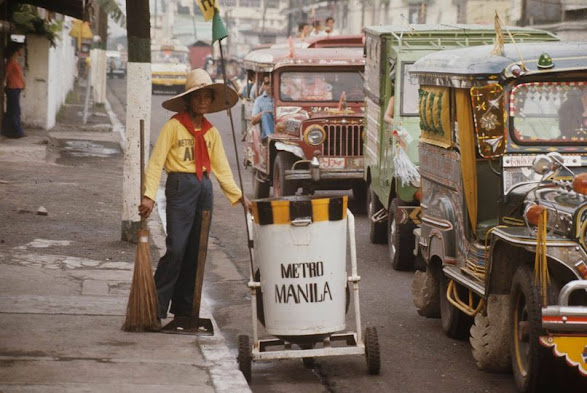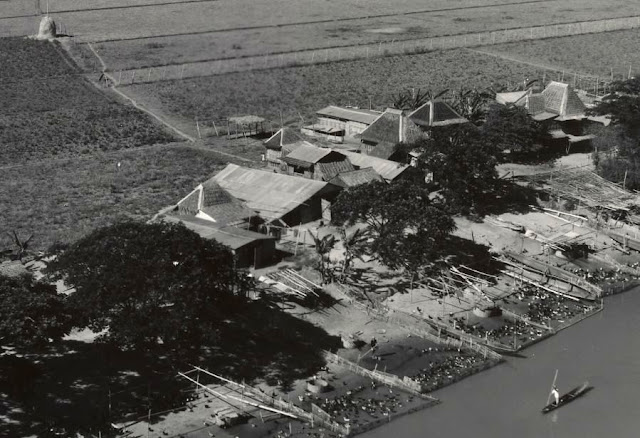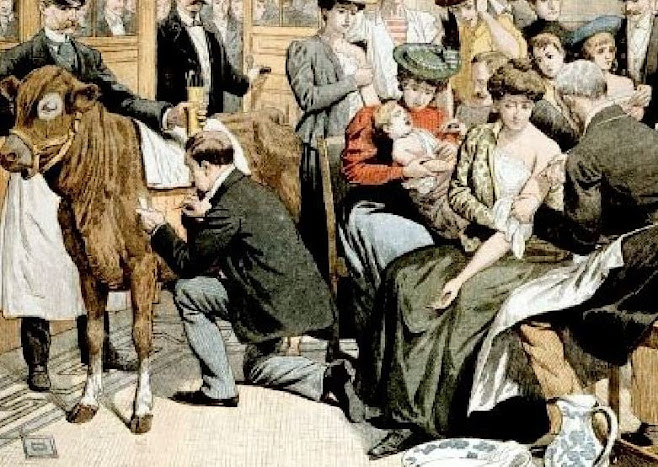Noli Me Tangere's "Christmas Eve"

Last night we were watching a pirated version of the latest "Spider-Man" movie, "No Way Home" (sorry can't wait). In the last part of the film, the spider hero was seen frolicking in the snow -- It was Christmastime. Suddenly. I asked myself how many unforgettable stories and movies were set during Christmas?-- Comes to mind foremost is the story of a rich, stingy, and oft complicated Ebenezer Scrooge in Dicken's classic, "A Christmas Carol". There is also ETA Hoffman's "The Nutcracker and the Mouse King, to which Peter Ilyich Tchaikovsky set his famous ballet -- "The Nutcracker Suite". Back in high school, we read O. Henry stories, and "The Gift of the Magi" is always a favorite. There are movies and stories we often would like to associate with this great time of the year. Jose Rizal has the last chapters of the Noli set in Christmastime, but what Rizal did was to make it quasi tragic, somewhat melancholic with Basili











